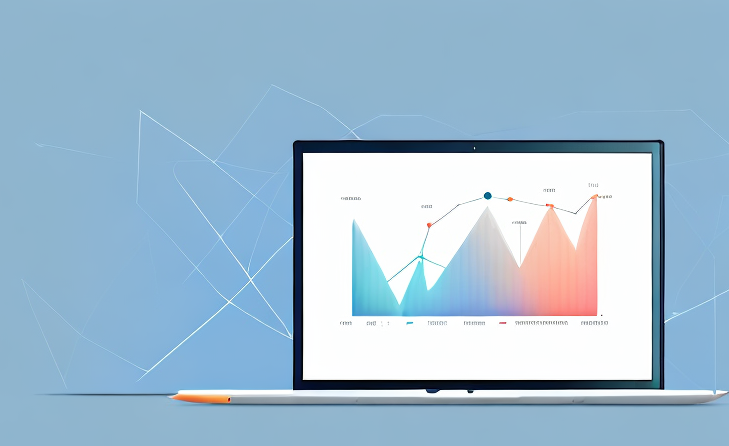Big Data Analytics in the Cloud: Benefits and Risks for Organisations
22 May, 20235
With the rapid growth of big data, many organisations are
turning to cloud computing as a solution for managing and analysing large
datasets. Cloud computing offers several benefits for big data analytics,
including scalability, cost-effectiveness, and ease of deployment. However, it
also introduces potential risks and challenges that organizations must
consider.
In this guide, we'll explore the benefits and risks of
implementing big data analytics in the cloud and provide best practices for
ensuring success.
Benefits of Big Data Analytics in the Cloud:
- Scalability:
Cloud computing allows organisations to easily scale their infrastructure
as their data processing needs grow. With cloud-based analytics platforms,
organizations can quickly and easily add or remove computing resources as
needed to meet demand.
- Cost-Effectiveness:
By using cloud-based services, organisations can significantly reduce the
cost of building and maintaining on-premises infrastructure. Cloud
providers offer pay-as-you-go pricing models, allowing organizations to
only pay for the resources they use.
- Agility:
Cloud-based analytics platforms offer the ability to quickly deploy and
experiment with new analytics solutions. This agility allows organisations
to innovate more quickly and stay ahead of the competition.
- Accessibility:
Cloud-based analytics platforms enable data analysts and data scientists
to access data from anywhere with an internet connection. This flexibility
allows organisations to hire remote talent and collaborate with partners
more easily.
- Security:
Cloud providers offer a range of security features to protect data,
including encryption, access controls, and monitoring. Additionally, cloud
providers have dedicated security teams that constantly monitor and
improve the security of their services.
Risks and Challenges of Big Data Analytics in the Cloud:
- Data
Governance: Managing data governance in the cloud can be more complex than
on-premises solutions. Organisations need to ensure that data is properly
secured and comply with data privacy regulations.
- Vendor
Lock-In: Organisations may become dependent on a specific cloud provider,
limiting their flexibility to switch providers or migrate back to
on-premises solutions.
- Latency:
Accessing data in the cloud may introduce latency that can impact the
performance of analytics applications.
- Complexity:
Implementing big data analytics in the cloud can be complex and require
specialized skills. Organisations need to ensure they have the necessary
expertise to manage their cloud-based analytics solutions.
- Cost
Overruns: While cloud computing can be cost-effective, organizations need
to carefully monitor their usage to avoid unexpected costs.
Best Practices for Big Data Analytics in the Cloud:
- Plan
for Data Governance: Organisations should establish clear data governance
policies and procedures to ensure data is properly secured and comply with
data privacy regulations.
- Avoid
Vendor Lock-In: To avoid becoming too dependent on a specific cloud
provider, organisations should consider implementing multi-cloud or hybrid
cloud solutions.
- Monitor
Performance: To ensure optimal performance, organisations should monitor
the latency of data access and the performance of analytics applications.
- Build
Expertise: Organisations should invest in building expertise in
cloud-based analytics to ensure they have the necessary skills to manage
their solutions effectively.
- Monitor
Usage and Costs: To avoid unexpected costs, organisations should regularly
monitor their cloud usage and implement cost management strategies.
In conclusion, big data analytics in the cloud has become an
essential part of modern data-driven businesses. With the growth of cloud
services, organisations can leverage cloud-based big data analytics solutions
to gain insights and drive business growth.
However, like any technology, big data analytics in the
cloud also comes with its own set of challenges and risks. From data security
and compliance to the cost of migration and maintenance, organisations need to
carefully evaluate the benefits and risks before implementing a cloud-based big
data analytics solution.
By taking a proactive approach to data security and privacy,
investing in the right tools and infrastructure, and keeping up with the latest
trends and best practices in big data analytics, organisations can unlock the
full potential of cloud-based big data analytics and drive innovation and
growth in the digital age.
Overall, the benefits of big data analytics in the cloud far
outweigh the risks, and with the right approach and mindset, organisations can
leverage this technology to gain a competitive edge and drive success in
today's data-driven world.



